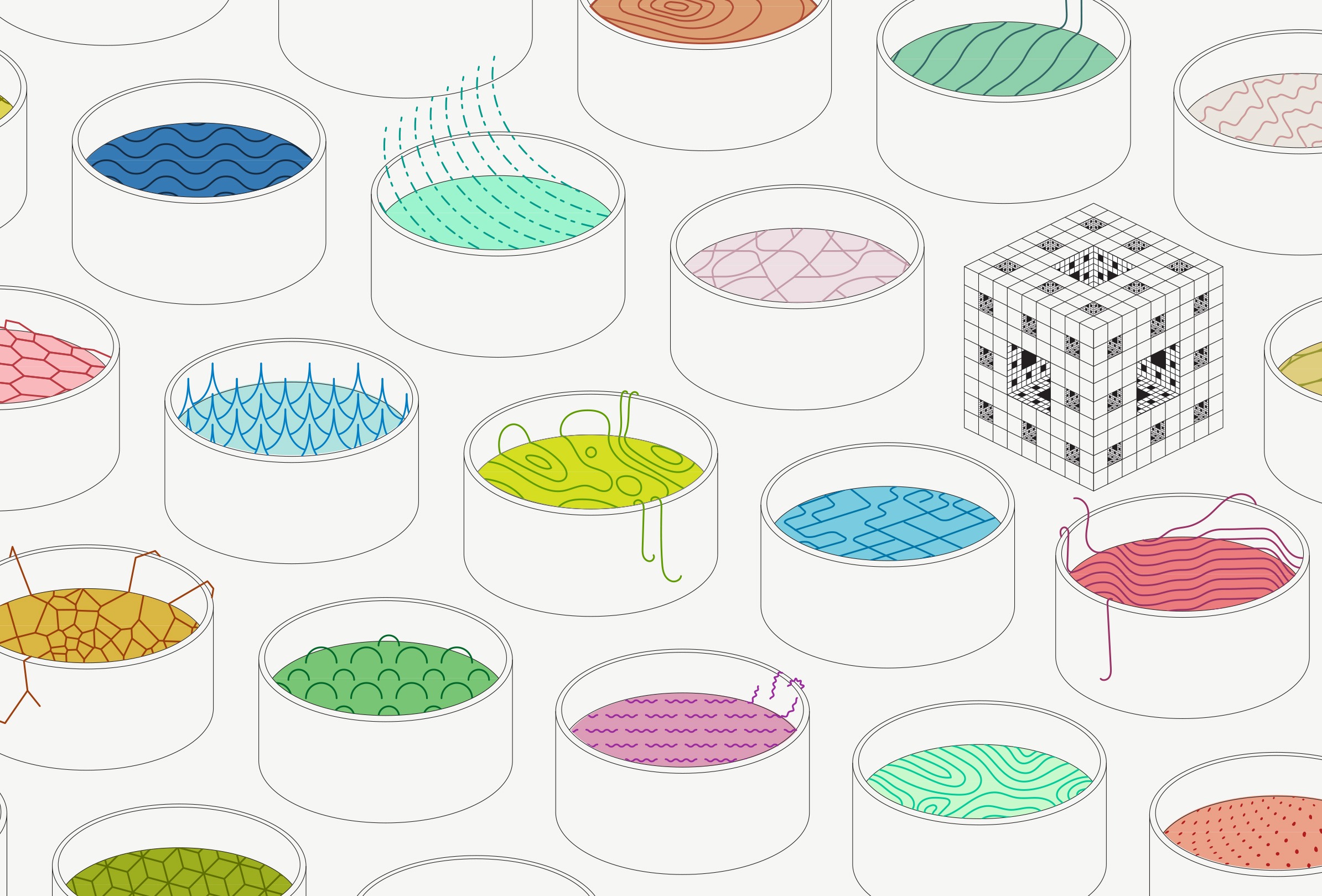复杂社会系统中的危机及遗传环路设计自动化 | 复杂文摘翻译第3期
1. 复杂社会系统中的危机:以智利为例的一个社会理论观点(Crisis in complex socialsystems: A social theory view illustrated with the chilean case)
 From onlinelibrary.wiley.com April 1, 12:39 AM
From onlinelibrary.wiley.com April 1, 12:39 AM
By Aldo Mascareño, EricGoles, and Gonzalo A. Ruz
(Translated by -王与剑-生物物理学-呼和浩特,Reviewed by Jake)
这篇文章认为:危机是复杂社会系统中的一种突出特征。对于交流的连通性的要求会以一种持续地产生更多连接的方式导致系统自身的鲁棒性增加。当这些连接的一部分在近期的一些操作中成功了之后,这个系统就倾向于复制这一自然发生的模式,因此进入了一个无自反性,重复升级,扩大相同联系的状态。这种危机发展中的系统联系的强制增长,或者说逻辑过剩,类似于自发组织临界性动力学。因此,我们首先建立我们这个方法的概念上的根据。其次,我们提出关于社会危机产生机制的三个核心假设,他们的暂时的过渡(潜伏,蔓延,调整),并且用合适的模型来代表他们。第三,我们举例用理论方法渗透模型,解释智利教育系统的危机。
原文:
The article argues thatcrises are a distinctive feature of complex social systems. A quest forconnectivity of communication leads to increase systems’ own robustness byconstantly producing further connections. When some of these connections havebeen successful in recent operations, the system tends to reproduce theemergent pattern, thereby engaging in a non-reflexive, repetitive escalation ofmore of the same communication. This compulsive growth of systemic communicationin crisis processes, or logic of excess, resembles the dynamic ofself-organized criticality. Accordingly, we first construct the conceptualfoundations of our approach. Second, we present three core assumptions relatedto the generative mechanism of social crises, their temporal transitions(incubation, contagion, restructuring), and the suitable modeling techniques torepresent them. Third, we illustrate the conceptual approach with a percolationmodel of the crisis in Chilean education system.
原文链接:
http://dx.doi.org/10.1002/cplx.21778
2. 遗传环路设计自动化 (Genetic circuitdesign automation)

From Science 01 Apr 2016:Vol. 352, Issue 6281 April 1, 9:45 PM
By Alec A. K. Nielsen, et al.
(Translated by – 刘清晴,Reviewed by Jake)
在活细胞中,那些能够传递传感信息并控制活细胞各种生物学功能的DNA编码的分子环路可以实现计算。这些计算的构造是时间密集的,需要手动组装各种部件并使各种调节因子表达达到平衡。
我们构建了一个名叫Cello的设计环境,用户可以用Verilog语言进行编程,程序会自动转化为DNA序列。通过算法生成电路图,分配和链接逻辑门,并进行性能模拟。可靠的环路设计需要将逻辑门从遗传背景中孤立出来,使它们在用于不同的分子环路时都同样能够发挥功能。
我们使用Cello为大肠杆菌(Escherichia coli,其DNA包含88万个碱基对)设计了60条遗传环路。其中每条DNA序列都是由软件生成的,并没有进行进一步的调整。在这些遗传环路中,有45条环路在每一个输出状态中(多达10个调节因子和55个部件)都执行正确。包括所有这些环路在内,92%的输出状态都符合预期。
将遗传环路设计并入生物技术项目(译注:即人工设计遗传环路)需要决策、控制、传感以及空间组织,设计自动化简化了这一过程。
原文:
Computation can be performed in living cells by DNA-encoded circuits thatprocess sensory information and control biological functions. Theirconstruction is time-intensive, requiring manual part assembly and balancing ofregulator expression. We describe a design environment, Cello, in which a userwrites Verilog code that is automatically transformed into a DNA sequence.Algorithms build a circuit diagram, assign and connect gates, and simulateperformance. Reliable circuit design requires the insulation of gates fromgenetic context, so that they function identically when used in differentcircuits. We used Cello to design 60 circuits for Escherichia coli (880,000base pairs of DNA), for which each DNA sequence was built as predicted by thesoftware with no additional tuning. Of these, 45 circuits performed correctlyin every output state (up to 10 regulators and 55 parts), and across allcircuits 92% of the output states functioned as predicted. Design automationsimplifies the incorporation of genetic circuits into biotechnology projectsthat require decision-making, control, sensing, or spatial organization.
原文链接:
http://dx.doi.org/10.1126/science.aac7341
编辑:Dandelion


让苹果砸得更猛烈些吧!

长按识别二维码,关注集智Club,
让我们离科学探索更近一步。
▼点击阅读更多文摘
始发于微信公众号: 集智俱乐部










